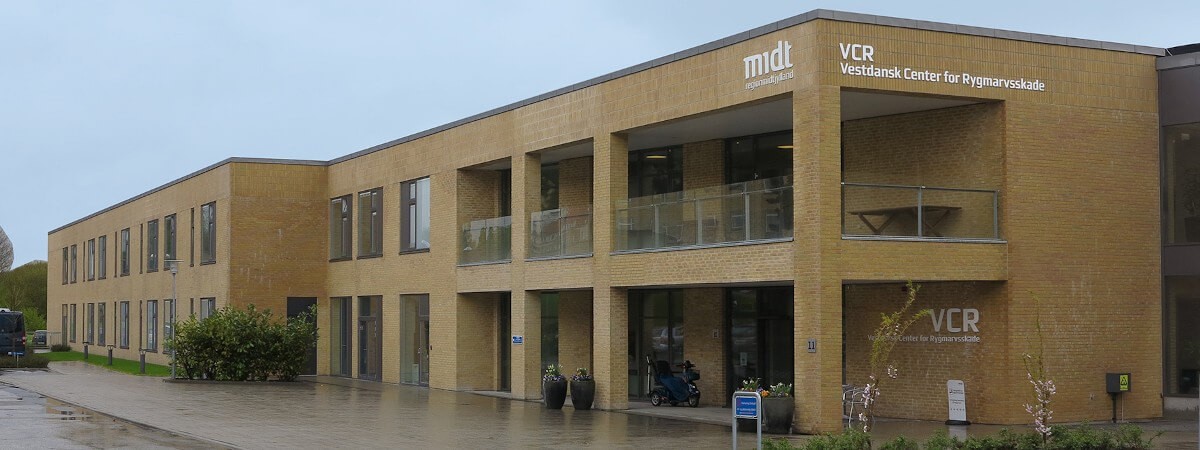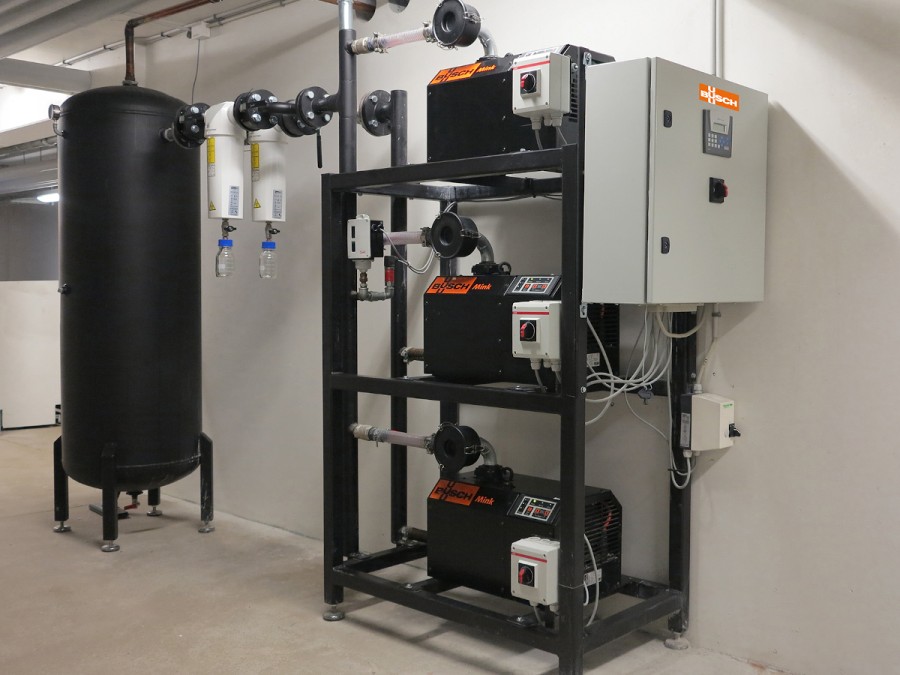
Fig. 1: The VCR centre for spinal injuries in Viborg, Denmark has been treating patients since 2014. Source: VCR Viborg.
Small but Powerful – Operating Fluid Free Central Vacuum Supply in a New Clinic
VCR Viborg
The VCR centre for spinal injuries in Viborg, Denmark commenced operations in March 2014. The new centre has 34 beds, and provides care for patients recuperating after spinal injuries. The modern clinic has a central vacuum supply powered by dry-running MINK claw vacuum pumps.
About VCR Viborg
VCR Viborg is run as an independent centre for patients with spinal injuries, but is a part of the neurology department of Viborg regional hospital. When the clinic was built in 2014, the management opted for a Busch central vacuum supply. Viborg regional hospital and other clinics administered by the regional authority of central Jutland (Region MIDT) also rely on similar Busch vacuum systems.Central vacuum supply for the hospital
The central vacuum supply comprises a rack of three MINK MV 0040 B claw vacuum pumps, an upstream 500 litre vacuum reservoir, bacteria filters and a controller. The system is installed in a utility room in the basement, and supplies vacuum to 40 connections in patient rooms, treatment areas and operating theatres throughout the hospital. As the hospital is relatively small, Busch offered VCR Viborg a vacuum system equipped with three of the smallest MINK claw vacuum pumps, each with a pumping speed of 40 m³/h. Two of the three MINK MV vacuum pumps maintain a vacuum level of about 250 mbar in the vacuum reservoir. If devices requiring vacuum are connected anywhere in the hospital network, air flows into the vacuum reservoir. The subsequent rise in pressure causes one of the two vacuum pumps to start automatically, returning the vacuum level to the desired value. All three MINK MV vacuum pumps have an integrated frequency converter, and are controlled to deliver the minimum output required to maintain 250 mbar in the reservoir. This means
The vacuum pumps operate extremely efficiently.
MINK Vacuum System Solution and its benefits for the customer
MINK claw vacuum pumps offer the advantage of dry compression. In contrast to the oil-lubricated vacuum pumps often used in the past, no operating fluids are required in the compression chamber. This makes contact-free claw technology possible: none of the moving parts touch each other, so lubrication and cooling are not required and no component wear takes place. For the operators of MINK vacuum systems, this means almost no maintenance – oil, filters and components do not need replacement. MINK MV servicing is restricted to a gearbox oil change every 8000 operating hours.
This makes contact-free claw technology possible: none of the moving parts touch each other, so lubrication and cooling are not required and no component wear takes place.
After two years of operation, the technical staff at VCR Viborg are extremely satisfied with the central vacuum supply. Maintenance has not been an issue, as the system has performed perfectly and the first service is not due for some time. Also reassuring is the local support by Busch Denmark, with advice and practical assistance from vacuum specialists available at any time.
-

Fig. 2: The VCR Viborg central vacuum supply with three Busch MINK MV claw vacuum pumps. Source: Busch Vacuum Solutions.